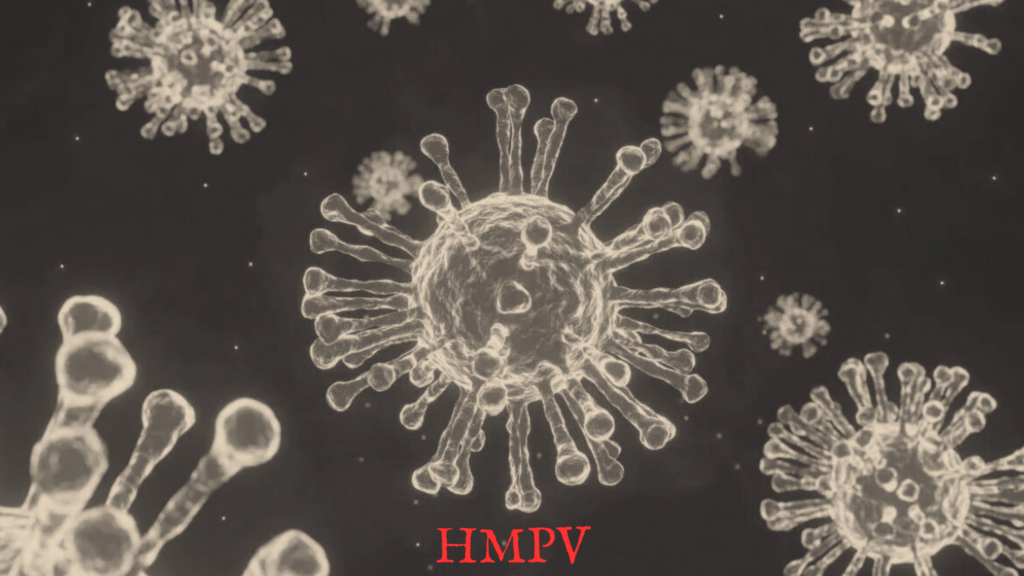In India, 8 cases of the HMPV (Human Metapneumovirus) have been reported, with 6 of these cases affecting infants under one year of age. The other two cases involved children aged 7 and 13 years. The HMPV virus, which has been wreaking havoc in China, presents symptoms similar to common cold or flu. However, in some cases, these symptoms can escalate to bronchitis or pneumonia. The virus poses the greatest threat to infants, the elderly, and those with weak immune systems.
Given the growing number of cases in China, the Indian government has taken steps to monitor and prevent the spread of the virus. After reviewing the situation, the Ministry of Health has issued guidelines to state governments, urging them to enhance surveillance on influenza and respiratory diseases.
Why Are Infants More Vulnerable?
According to Dr. R.D. Srivastava, a neonatologist and pediatrician, the majority of HMPV cases globally are seen in children between 4 to 6 months of age. In India, most cases have been reported in infants under one year. While adults in China are also affected, those with weakened immunity are at greater risk.
Key Symptoms to Watch in Children
HMPV infection in children often manifests as flu-like symptoms. Parents should not ignore symptoms like runny nose and fever in their young ones and should consult a doctor promptly. Wheezing or difficulty in breathing could indicate a potential HMPV infection. Below are some common symptoms of the virus to be aware of:
- Runny nose
- Cough
- Fever
- Wheezing
- Difficulty breathing
Should Parents Panic?
Dr. Ankit Bansal, a consultant in internal medicine and infectious diseases, reassures that there’s no need to panic unless it is confirmed that a new, more dangerous strain of HMPV has emerged. The Indian government has clarified that this virus has been circulating for years and that it is not a new threat. While reports from China suggest a new mutation that might be more contagious, there is no immediate cause for alarm in India.
Respiratory Illnesses Increase in Cold Weather
A study published in the Journal of Allergy and Clinical Immunology suggests that respiratory infections, including HMPV, are more common in the cold season. Therefore, while flu-like symptoms related to HMPV should not be ignored, panic is unnecessary. Consulting a doctor and taking preventive measures is the best approach.
Prevention Is Key, Not Medication
Currently, there is no specific antibiotic, antiviral medication, or vaccine available to treat or prevent HMPV infection. Therefore, prevention remains the most effective strategy to combat the virus. Special care should be taken if there are infants in the household. HMPV spreads like the common cold, through close contact with infected individuals, or touching contaminated objects. Proper hygiene and frequent handwashing are critical to reducing the risk of infection.
Common Questions About HMPV
Q1: Can HMPV be fatal for children?
A1: Yes, HMPV can be fatal, but it is very rare. Less than 1% of global cases result in death, so there is no need for excessive concern.
Q2: Are all children at risk of serious complications from HMPV?
A2: No, not all children experience severe complications. Infants are at higher risk due to their underdeveloped immune systems, but only those with pre-existing lung conditions tend to suffer more severe outcomes.
Q3: Is oxygen therapy necessary for children infected with HMPV?
A3: Oxygen therapy is needed only for children who develop pneumonia due to the virus. As of now, there is no cause for major concern in India.
Q4: Besides infants, who else should take extra precautions?
A4: In addition to infants, the elderly and individuals with weakened immune systems should exercise more caution. These groups are at higher risk of HMPV infection due to their compromised immunity.
In conclusion, while the HMPV virus is something to be mindful of, especially during the cold weather, there is no need for panic. By maintaining good hygiene and seeking medical advice when necessary, we can protect ourselves and our children from this potentially harmful virus.


